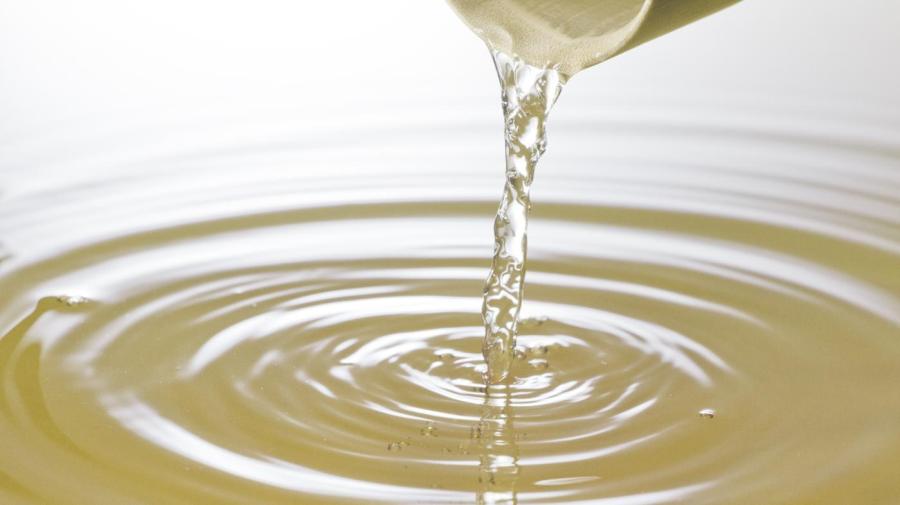What Is the Difference Between Distilled Vinegar and Vinegar?

The difference between distilled vinegar and vinegar is based on the raw ingredients used to make the vinegar and the fermentation process. Vinegar can be created from any food that contains natural sugars. Common types of vinegar include white, which is often referred to as distilled vinegar, apple cider, red wine and balsamic.
Distilled vinegar is not made from a traditional distillation process. Instead, it is produced from the fermentation of distilled alcohol. Fermented material diluted to 5 to 8 percent acetic acid is commonly referred to as white vinegar. This type of clear vinegar is used in cooking, pickling and household cleaning. The starting ingredient for most white vinegar is malt, corn and grain-based ethanol. Yeast is used to ferment the sugar into alcohol, and a second process of fermentation using bacteria turns the alcohol into vinegar.
Many types of vinegar other than white use a similar process of fermentation of distilled alcohol. However, some vinegars, such as malt, are made from barley ale that is not distilled. Acetic acid gives vinegar its tangy flavor. Some vinegars, such as balsamic, are aged for a number of years to enhance the taste. Many varieties of vinegar used for cooking are infused with herbs and spices to add a subtle flavor and aroma.





